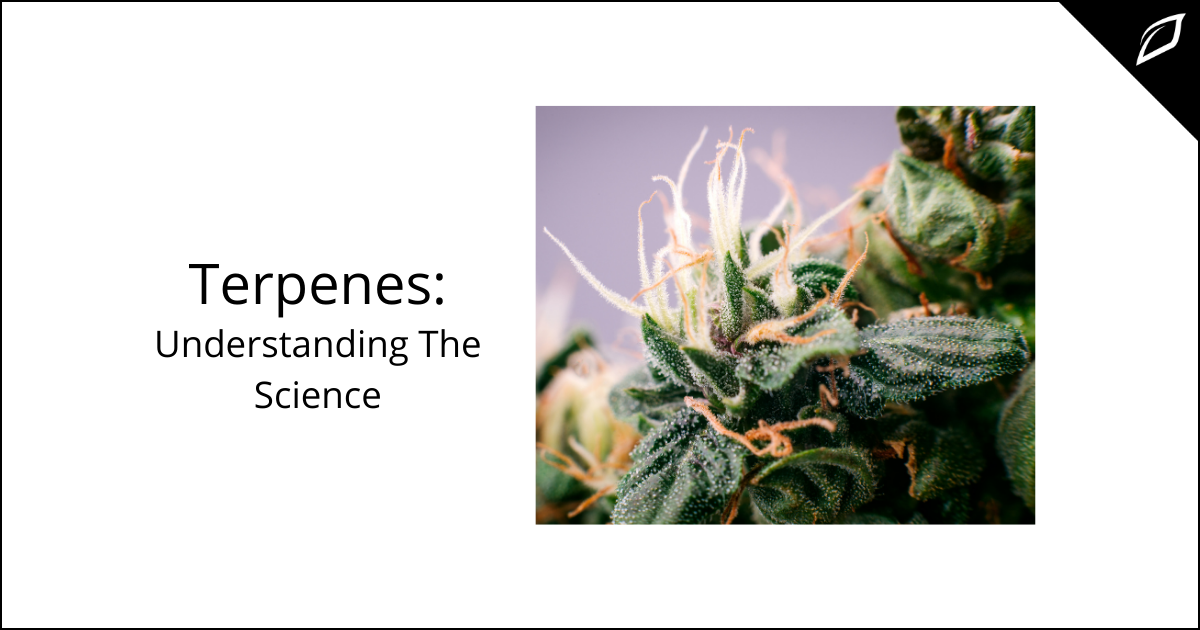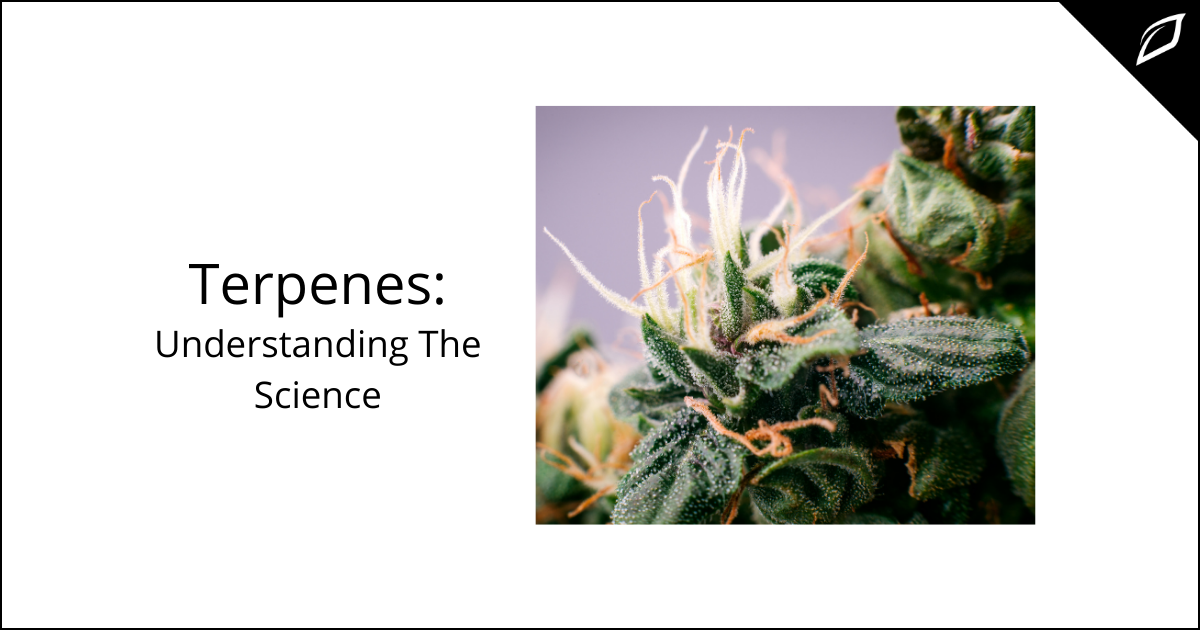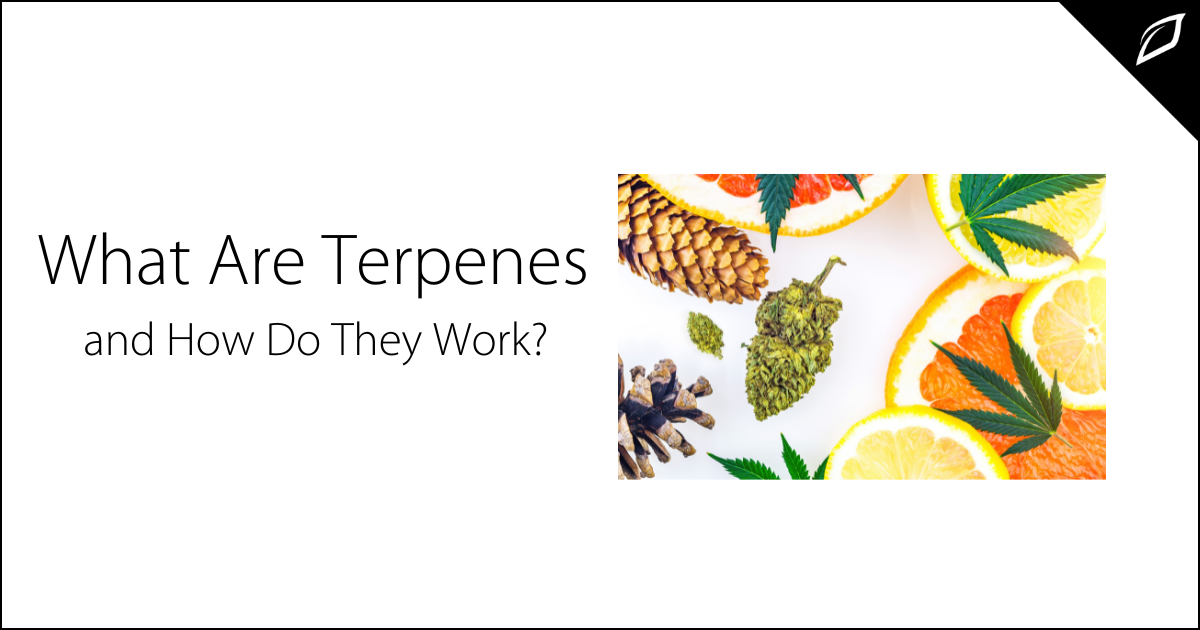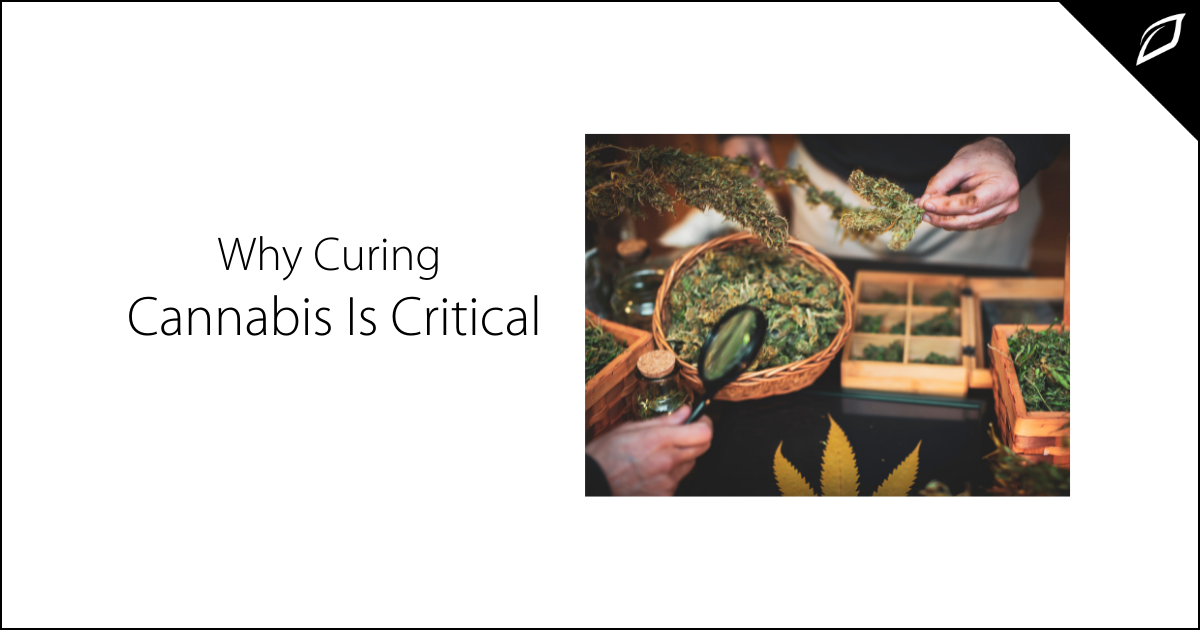Trichomes: Cannabis Plant Basics
If you're a horticulturist, then you're already familiar with what glandular trichomes (GT's) are and how they work to protect plants. But for the...

All plants are made up of a multitude of chemicals and compounds, and cannabis is no different. The science behind the plant is complex and compelling. The cannabis plant has an unusually high number of organic, aromatic hydrocarbons called terpenes. Let's take a closer look at how terpenes form during growth and how they impact your final product.
What are terpenes?
Terpenes are a large, diverse class of organic hydrocarbon compounds produced by various plants and insects. The incredibly aromatic compound may protect plants by discouraging herbivores from snacking on their delicate leaves. It's also been widely speculated that UV spectrum lights can affect terpene levels in cannabis. For more on how UV lights impact cannabis plants, check out this blog here. These highly aromatic compounds determine many plants and herbs' fragrance, such as rosemary, lavender, and cannabis.
How do terpenes affect plant growth?
Terpenes play an essential role in plants; by attracting pollinators, repelling predators, or assisting plants to recover from damage or illness. Some terpenes act as the plant's immune system, preventing illness before it takes hold. In these ways, terpenes act as a protector and healer, making them an incredibly important aspect of plant development.
What's the difference between terpenes and terpenoids?
Some people use the term terpenoids instead of terpenes, and while they are made of the same compounds, they are not the same.
Terpenes form naturally in live plants, but as a plant is harvested, dries and cures, the terpenes oxidize and become terpenoids.
How do terpenes form?
Terpenes are active organic compounds formed by the fusion of hydrocarbon and five carbon atoms, known as isoprene. The tiniest and most volatile compounds are monoterpenes, which are biosynthesized by the fusion of two isoprene molecules'. Terpenes include two or more isoprene units as their basic structure. Typically, terpenes are classified according to the number of isoprene units they contain. In the cannabis plant, terpenes are synthesized in secretory cells inside glandular trichomes.
How are terpenes used?
Manufacturers can use terpenes and terpenoids as flavors, drugs, and fragrances in a variety of products. You may be familiar with essential oils, which contain terpenes, along with other compounds. Depending on the plant producing the terpenes, these compounds are commonly used in consumer products like fragrances, foods, lotions, and even cleaning products. Whatever you decide to make, use these organic terpenes to enhance existing products, or make new ones!


If you're a horticulturist, then you're already familiar with what glandular trichomes (GT's) are and how they work to protect plants. But for the...

Terpenes are organic compounds responsible for the fragrance, taste, and pigment of plants and trees throughout the world. More than 50,000 unique...

Whether you're growing for personal use or for a mega cultivation facility, the best cannabis is born from premium genetics, innovative cultivation,...